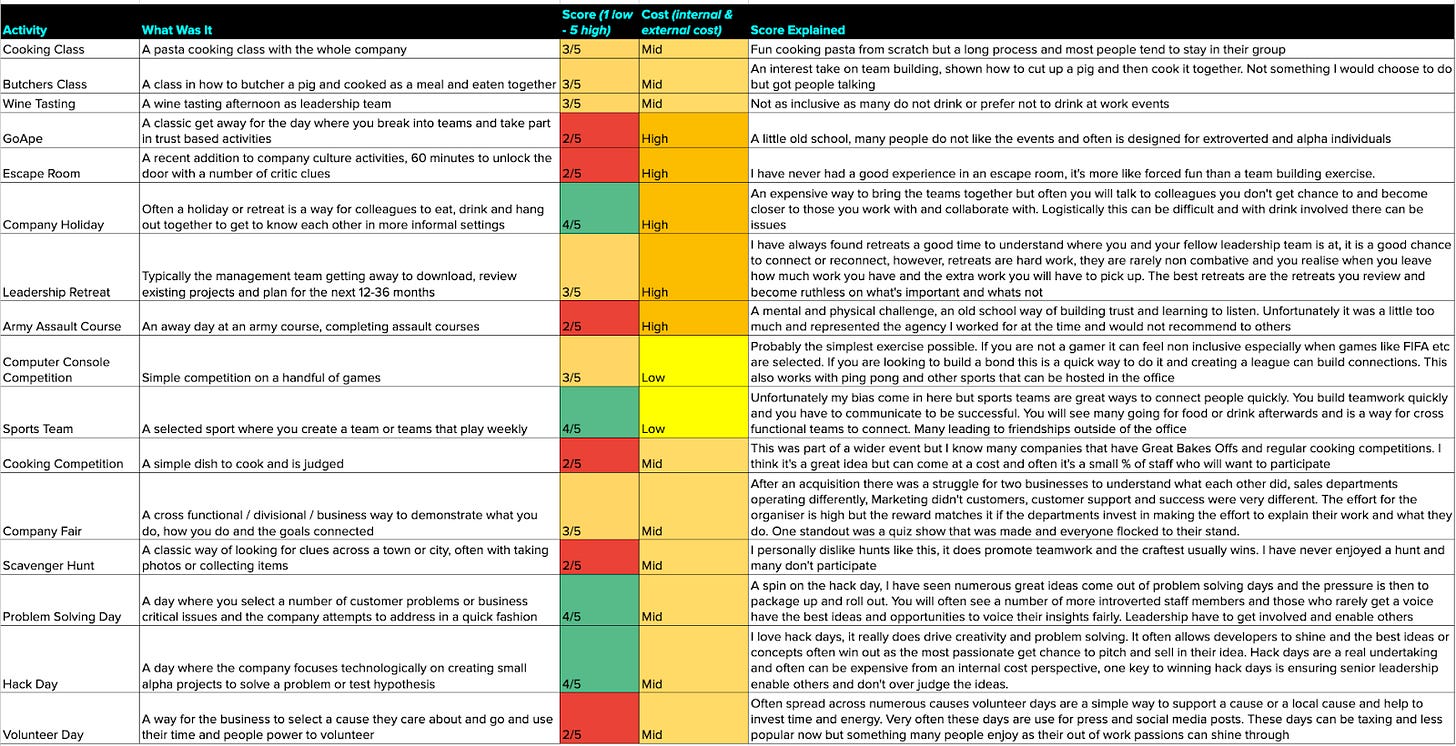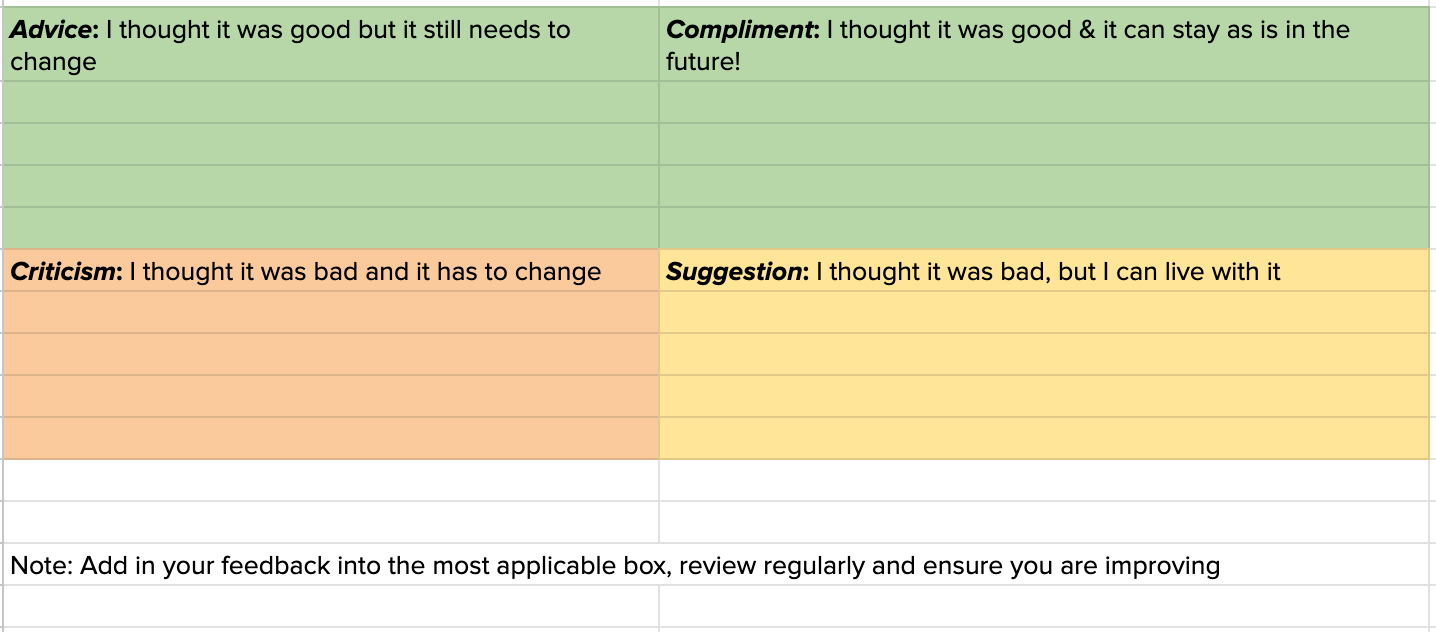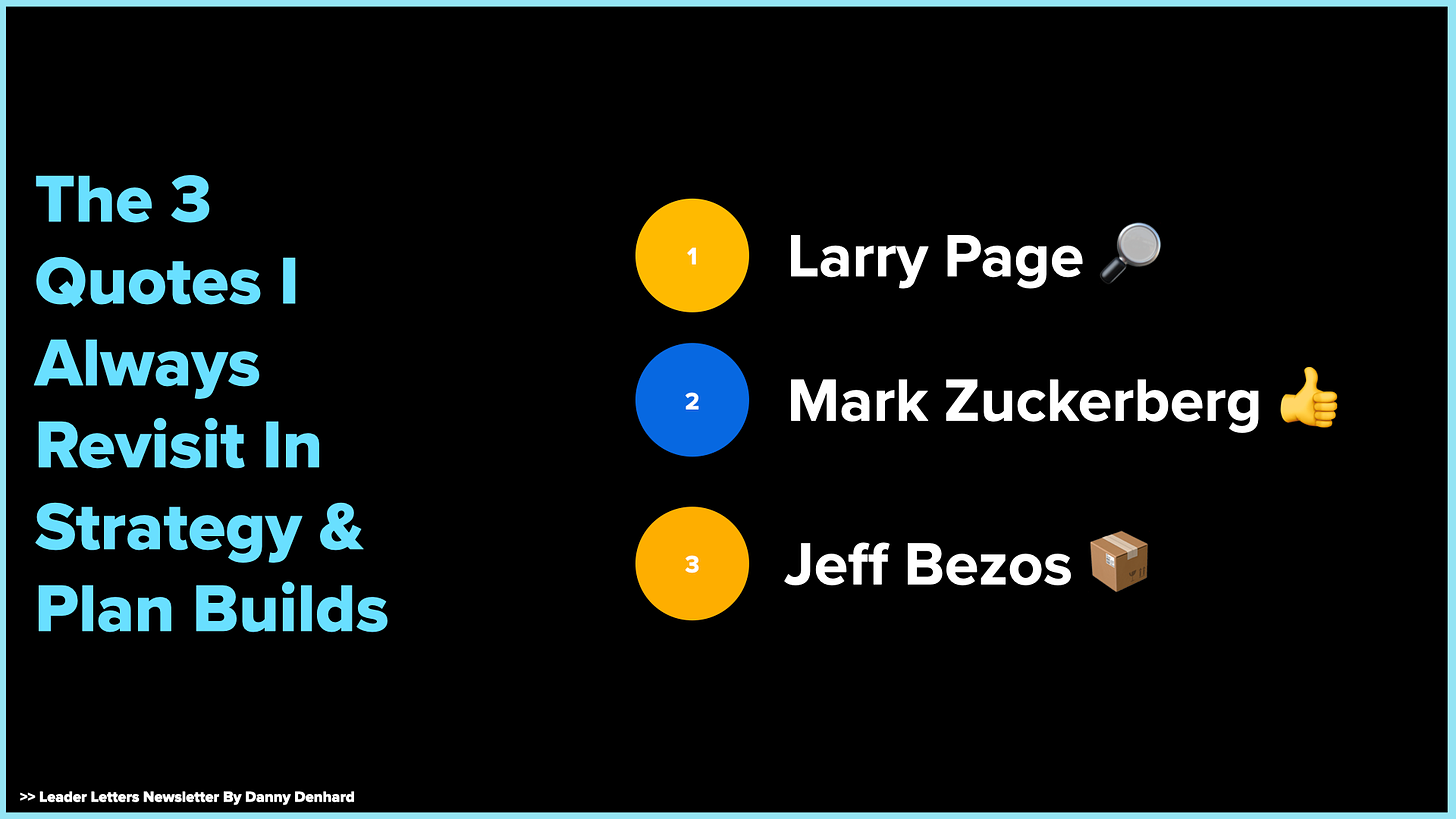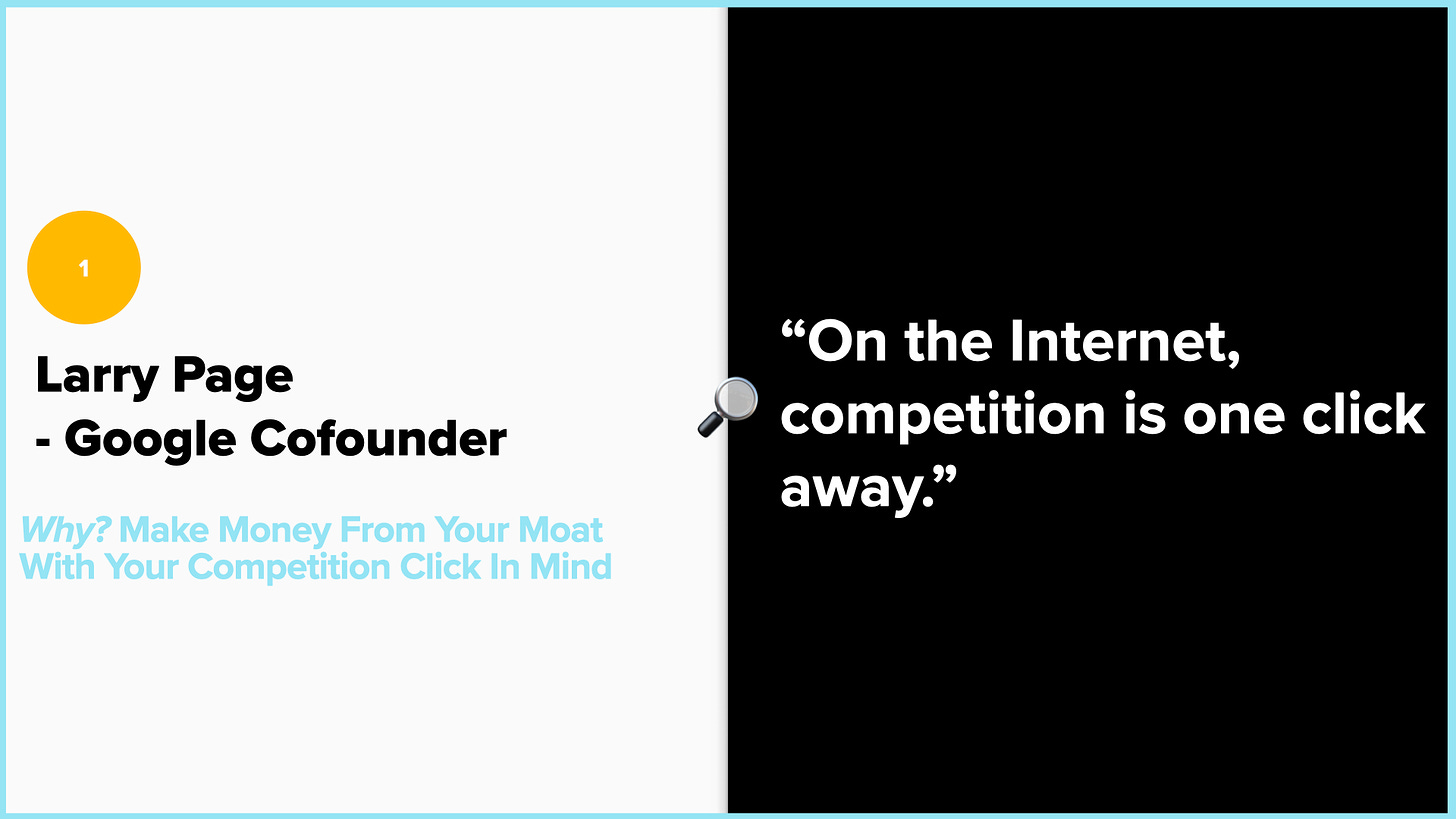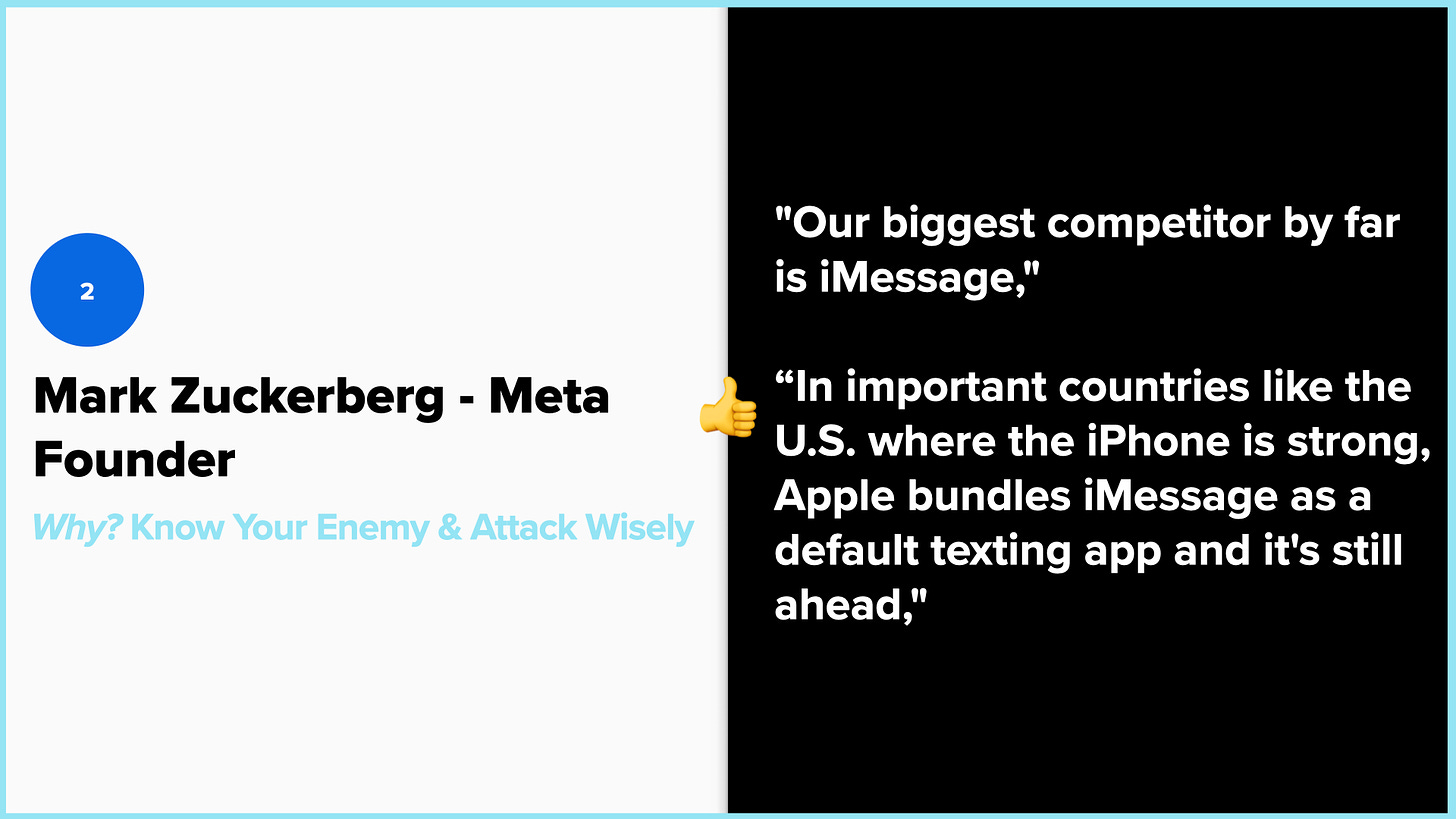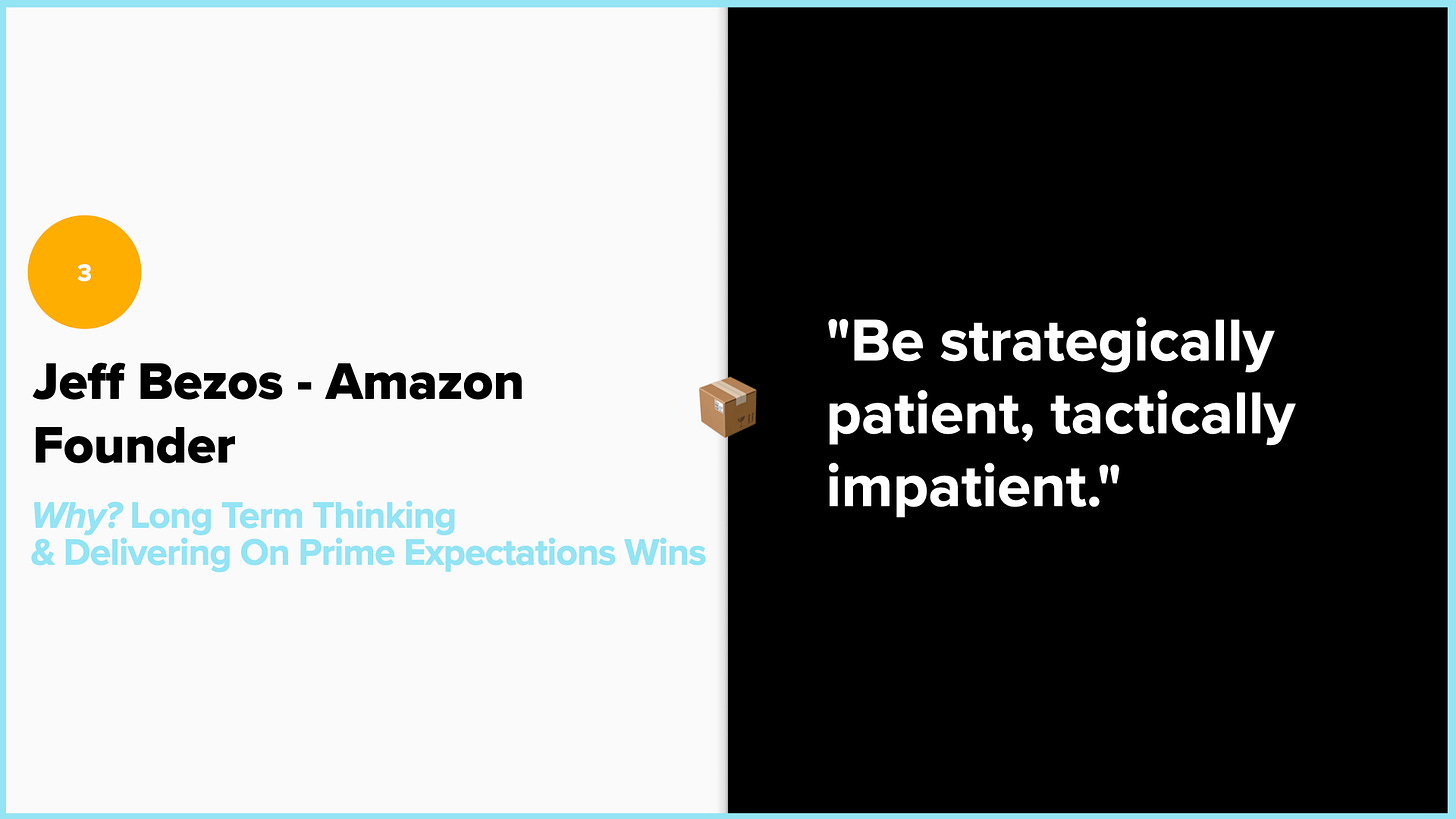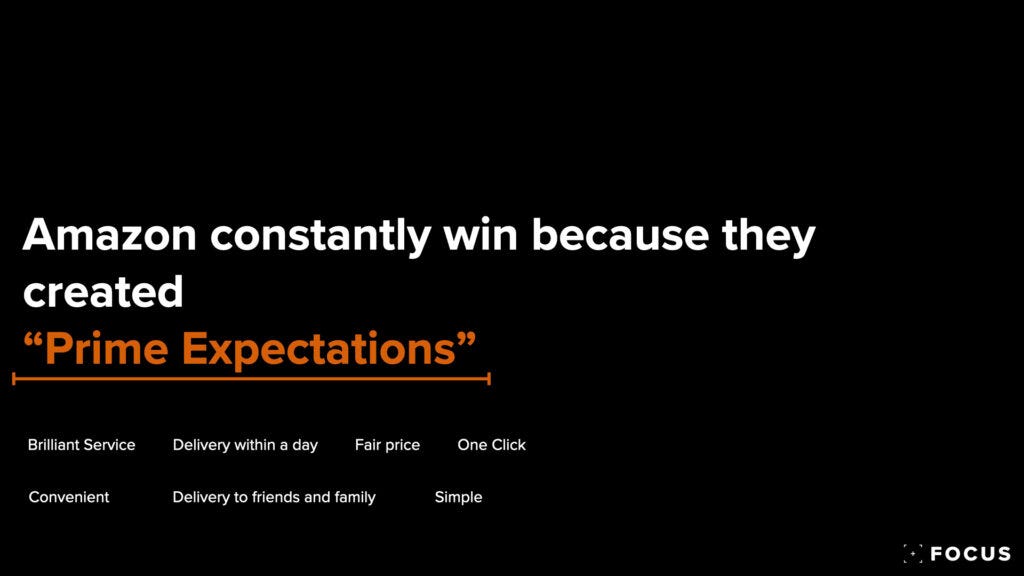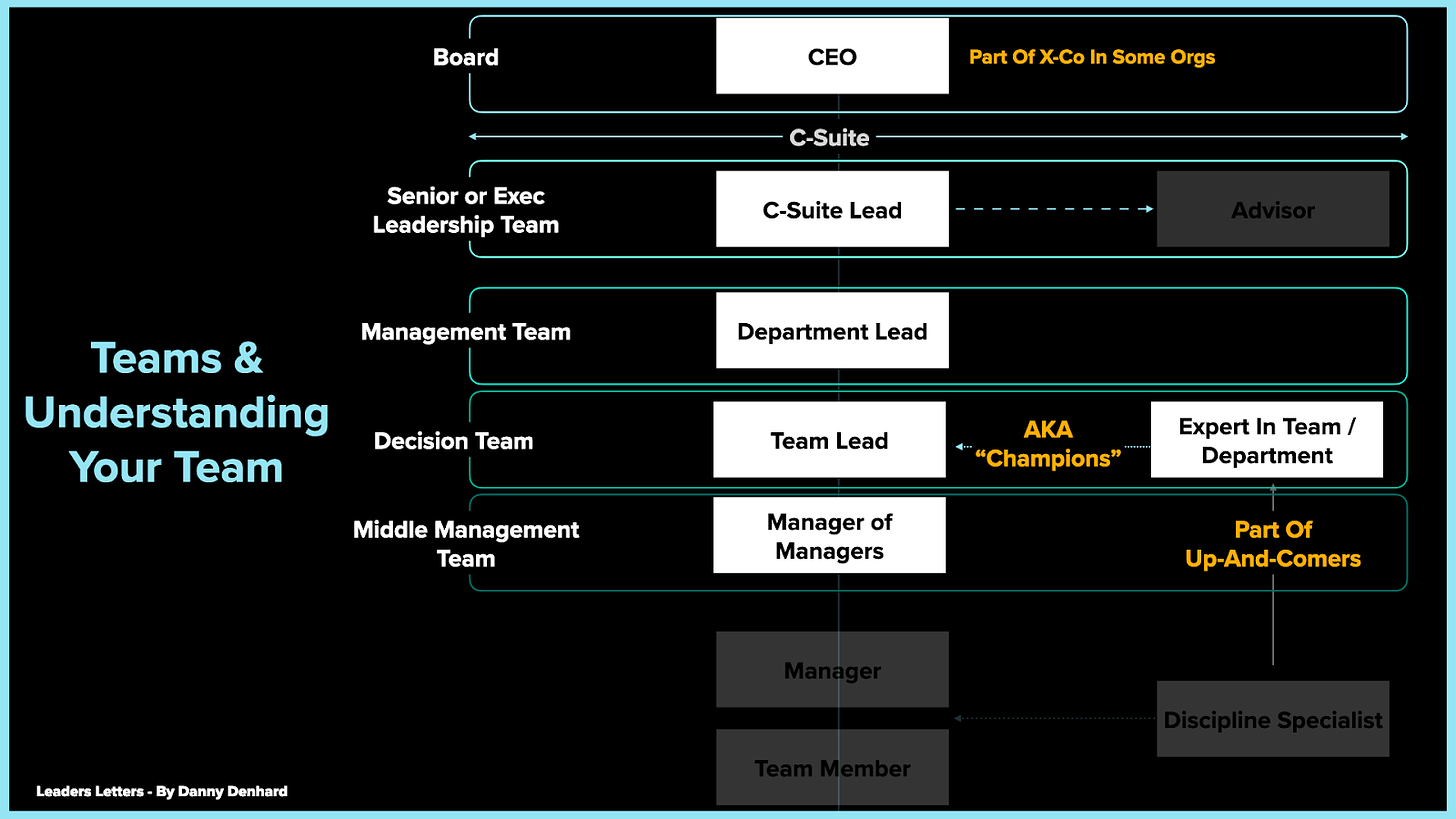Dear leaders, this week I have a brand new and special “5 questions with” series. This leadership newsletter is with futurist, SPaaS (Space-As-A-Service) and the creator of the #digitalhomad Dave Cairns.
Dave recently started to work from anywhere (despite being an Office Leasing Agent) and is sharing his flex journey blending work and parent through a mix of video, written and audio content.
I was introduced to Dave by the previous 5 questions with Caleb Parker and we have had some enlightening conversations and know he will inspire you to think about workspaces and work environments differently.
Dave is a brilliant thinker, he is prolific on LinkedIn and really shares his knowledge and insights. If you are an exec looking to see how to leverage LinkedIn to add value to your audience and customers Dave is a great example.
The Q&A
Q1: You used to be a professional poker player, how did being a top poker player help with your career and leadership style?
Poker is an interesting game. It’s the only pursuit I’ve encountered whereby it’s expected that you’ll be lied to. Ironically, there’s a lot of honesty in this dynamic; you can almost breathe a sigh of relief in that the baseline expectation is some form of deception.
Conversely, in our professional lives we are always having to suss out whether or not we are being deceived by our colleagues, bosses or clients.
Having a background in poker has allowed me to apply my knowledge of zero sum games (in poker, your win is always someone else’s loss) to win-win(-win) outcomes.
Having a deep understanding of deception and self-interest allows one to evaluate bringing two or more parties together in non-linear ways.
Q2: What are your top three recommendations for companies trying to get the most out of “hybrid” work?
If you think culture = the office – start by reconsidering as “In the beginner’s mind there are many possibilities, but in the expert’s there are few.” – Suzuki Roshi
Check out Dave’s insightful prediction from last year and his excellent thoughts on the topic shared on LinkedIn.
Increasingly, one of your most common employee avatars will resemble that of a “corporate freelancer” – an employee who desires the job security and values being on a team but wants to behave with the flexibility of a digital nomad/freelancer.
Beta test workplace strategies that embody unbundling work from a central office model and instead seek to create a network effect for your employees when it comes to where they work – both physically and digitally (in a digital capacity – explore virtual worlds that make up an aspect of what we define as the Metaverse)
Read Dave’s supporting metaverse LinkedIn post
Future of Work strategy must be built around the understanding that: both employees and employers must be able to reserve the right to change their minds. For employees, their life circumstances will change which will equate to ever-changing workplace needs.
For employers, long-term office leasing as primary strategy never made sense in the first place as no business can predict where they will be in 5-10 years time, yet their real estate is fixed and leased long.
Employers will continue to be at the mercy of destabilizing forces like de-globalization and climate change – they will quite literally need to be able to pick up and move “houses” (good thing their employees all have homes!).
Q3: You are an active member of helping companies enable better working environments, most recently you entered the metaverse and help companies with your expertise and answered Q&A.
What have you learnt by sharing your ideas regularly across LinkedIn and embracing different technology platforms?
The way I see it, there are only advantages to exploring your own mind and sharing it with the world. And the same goes with novel technologies. It’s for these reasons that I publish content daily and that I explore new ways of connecting to & collaborating such as virtual worlds.
If I write something stupid it’ll be forgotten tomorrow but if I write nothing I’ll miss the opportunity to keep getting to know my own mind. And if it turns out the metaverse is in fact “dead”, I’ll have lost nothing as I’ll have engaged with all kinds of new people along the way and will have valuable skills/perspectives BECAUSE I was curious.
Q4: You are a huge advocate of Space as a Service (#SPaaS) – how do you see this really shaping the future of work?
Over the last few years I’ve often said that there is NO office “amenity” more valuable than the choice to go there or not. I firmly believe this to be true as what is more valuable than autonomy? Autonomy provides us with the agency to decide where and with whom we belong. If I’m right, companies who compete for the next “warm body” to sit in their seat will get increasingly competitive.
It’s no longer just corporate executives that are consumers of the workplace. Whether they like it or not, their employees have been granted that same privilege. Accordingly, these newfound consumers will align with certain brands and not others, and will need different types of products/services.
The only words I can think of to describe this movement are Space-as-a-Service.
Q5: You started the #digitalhomad hashtag on LinkedIn to let people follow your journey and updates – how do you think your approach to LinkedIn can help business leaders from around the world to become more authentic across social media?
After I left poker, I spent 8.5 years living in a state of cognitive dissonance. Even though I make a living from the office, I’ve NEVER romanticized it and in fact a lot of office culture just doesn’t work for me (I suspect I have ADHD and am trying to get assessed).
For many years prior to Covid, I made content on LinkedIn but it wasn’t authentic. I was making videos and shit about how to sublease your office and relocate without having to pay double rent. While stuff like that matters to some of my customers, I wasn’t at all passionate about these subjects.
I thank Covid for creating the space for me to access a former version of myself, a digitally nomadic online poker player. By accessing this guy once more I was able to start to poke holes in not just the office market, but the culture. In doing this, I’ve been on a journey of getting closer and closer to my authentic self. It’s brought me closer to all the change agents out there and has gotten me more deeply aligned with the types of customers I want to work with.
Saying what I think has also gotten me into a lot of trouble but I wouldn’t change it for the world.
You can’t put a price on authenticity – you win and so do the people you care about.
» A huge thanks to Dave for answering these questions so transparently and offering his unique insight.
With the way the new world of work is shaping up, David is definitely a thought leader and I highly recommend following or connecting with Dave on LinkedIn. When I re-boot Fixing the broken world of work podcast, Dave will be the first guest I interview.
Have a great week ahead and this week’s focus action is to rethink how you will look to work and leverage space differently.
Thanks,
Danny Denhard
Read The Other 5 Questions Series



